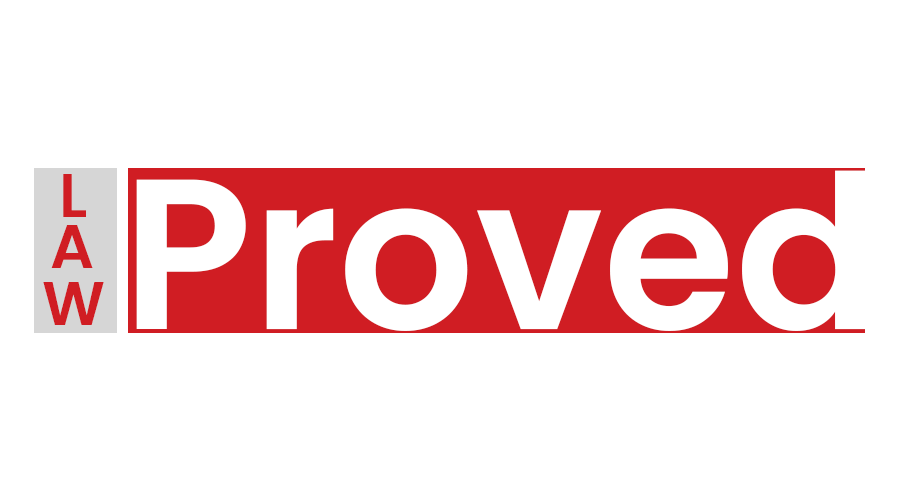In today’s diverse workforce, where companies employ a range of employee types from full-time staff to freelancers and part-time workers, customizing paystubs to meet various needs and requirements is more crucial than ever. Not only does this practice ensure compliance with legal standards, but it also fosters transparency and trust between employers and employees. In this comprehensive guide, we’ll delve into the intricacies of customizing a free paystub generator with a calculator for different employee types, ensuring that your business not only remains compliant but also enhances its operational efficiency.
Understanding the Importance of Customized Paystubs
Customizing paystubs is not just about adhering to the legal requirements; it’s about acknowledging the unique contributions of each employee type to your business. A well-customized paystub provides clear, understandable information regarding an employee’s earnings, deductions, and benefits tailored to their specific employment status. This level of personalization and clarity can significantly impact employee satisfaction and morale.
Different Employee Types and Their Paystub Needs
- Full-time Employees: Full-time employees typically have a consistent salary, benefits (such as health insurance, retirement plans, etc.), and deductions. Their paystubs should reflect these elements clearly, including any overtime, bonuses, or commissions, if applicable.
- Part-time Employees: Part-time workers’ hours can vary from week to week. Their paystubs need to accurately reflect their worked hours, pay rate, and any pro-rated benefits they might be eligible for.
- Freelancers and Contractors: These workers are not employees but still require paystubs for their records, especially for tax purposes. Their paystubs should detail the services provided, the rate, and any applicable taxes or deductions they are responsible for.
- Temporary Employees: Similar to part-time employees but often employed for a specific duration or project. Their paystubs should clearly indicate the terms of their employment and any differences in benefits or deductions from regular employees.
Key Elements to Include in Customized Paystubs
- Employee Information: Full name, employee ID, and classification (full-time, part-time, contractor, etc.).
- Pay Period and Date: The specific timeframe the paystub covers and the date of payment.
- Earnings: Detailed breakdown of the employee’s earnings, including base pay, overtime, bonuses, and commissions, tailored to the employee type.
- Deductions: Clearly itemized deductions, including taxes, retirement contributions, health insurance premiums, and any other deductions relevant to the employee’s status.
- Net Pay: The total amount the employee takes home after all deductions.
- Year-to-Date Totals: Cumulative totals for earnings, deductions, and net pay over the year, providing employees with a broader financial overview.
Customizing Paystubs: A Step-by-Step Approach
- Assess Your Workforce: Start by understanding the different types of employees in your organization and their specific needs regarding paystub information.
- Select the Right Paystub Software: Choose payroll software that allows for customization according to different employee types. Ensure it can handle various classifications, deductions, and benefits seamlessly.
- Define Templates for Each Employee Type: Create paystub templates that cater to the specifics of each employee classification. This might mean different sections or information highlighted for full-time versus part-time employees, for example.
- Automate Where Possible: Utilize the payroll software to automate the generation of customized paystubs. Automation ensures accuracy and consistency while saving time.
- Review and Update Regularly: Laws and employee benefits can change. Regularly review and update your paystub templates to ensure they remain compliant and accurate.
- Communicate Clearly: Make sure employees understand their paystubs. Consider providing a guide or glossary for any terms or deductions that might be confusing.
Legal Considerations and Best Practices
When customizing paystubs, it’s crucial to stay informed about local, state, and federal regulations that affect payroll. Ensure that your paystubs meet all legal requirements for information disclosure, such as minimum wage rates, overtime calculations, and tax withholdings. Privacy is also paramount; ensure that personal and financial information is securely handled and protected.
Conclusion
Customizing a free check stub maker with calculator for different employee types is not just a matter of compliance; it’s a reflection of your company’s commitment to fairness, transparency, and respect for its workforce. By following the steps outlined in this guide, businesses can ensure that their payroll practices not only meet legal standards but also support a positive and productive work environment. Remember, a clear, accurate paystub is more than a financial document; it’s a tool for building trust and satisfaction among your diverse team of employees.
